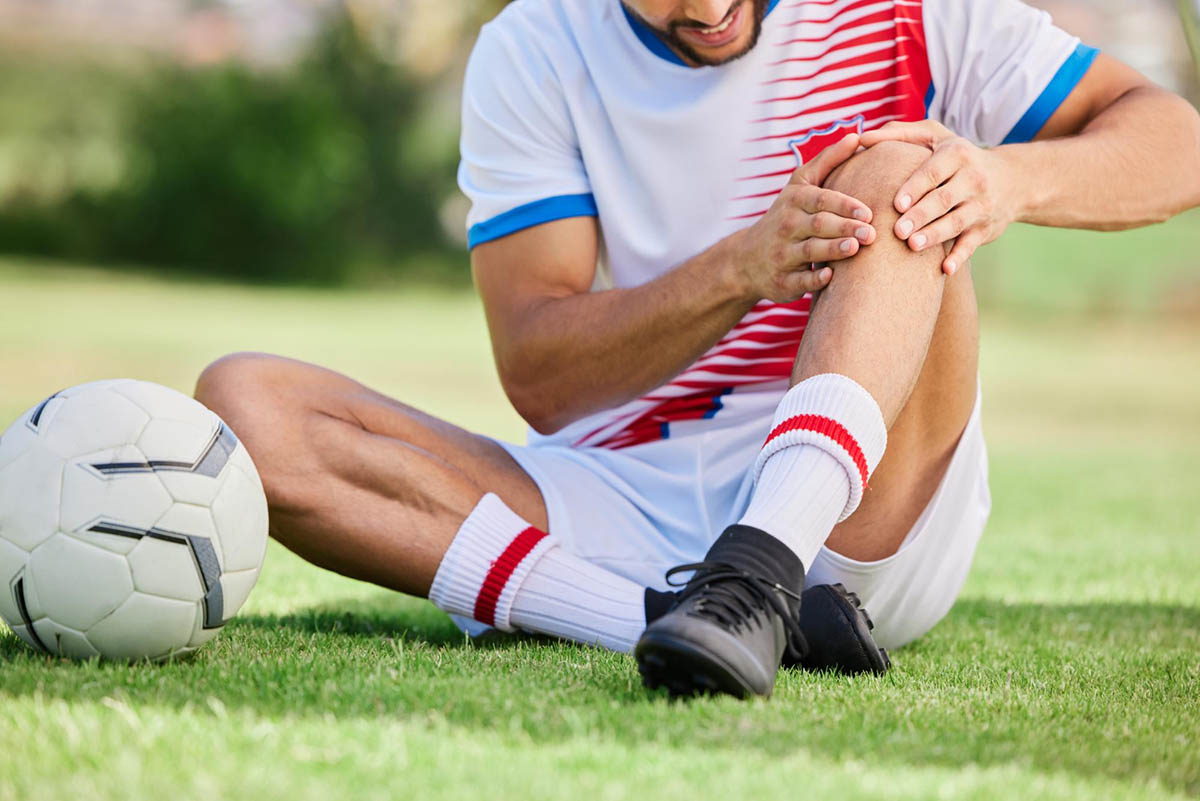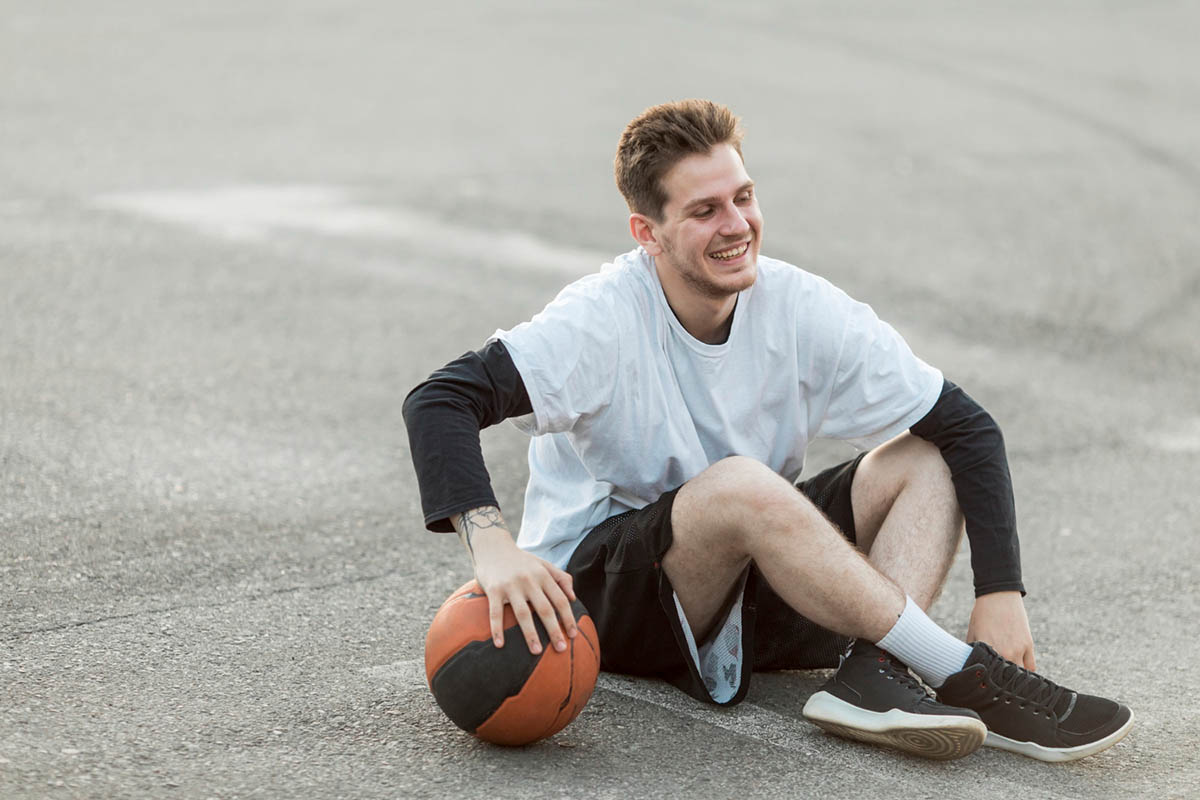Sports injury rehabilitation is crucial for athletes of all levels, from weekend warriors to elite athletes. Understanding the ins and outs of this process can help you navigate the road to recovery more effectively. Whether you’re dealing with a minor sprain or a major tear, knowing what to expect and how to prevent future injuries is essential. This blog will explore what sports injury rehabilitation entails, common types of injuries, the rehabilitation process, challenges faced, and preventive measures to keep you in peak condition.
What is Sports Injury Rehabilitation?
Sports injury rehabilitation is a specialized field focused on restoring function and performance following a sports-related injury. The process of sports injury prevention and rehabilitation is designed to help athletes recover safely and efficiently, minimizing downtime and reducing the risk of re-injury. Rehabilitation encompasses a range of treatments, exercises, and therapies tailored to the specific injury and individual needs of the athlete. It often involves physical therapy, therapeutic interventions, and a carefully structured exercise program to regain strength and range of motion.
Common Types of Sports Injuries
Sports injuries can vary widely in severity and type. Understanding the difference between minor and major injuries is crucial for appropriate treatment and recovery. In the United States alone, it’s reported that 3.5 million youths under the age of 15 receive medical care annually for injuries sustained during sports practice. Early intervention and proper rehabilitation are essential to ensure a full recovery and prevent long-term complications.
Minor Injuries
Minor injuries are typically less severe and may not require extensive medical intervention. These include:
- Sprains and Strains: Overstretching or tearing of ligaments (sprains) and muscles or tendons (strains). They are common in athletic activities and can often be treated with rest, ice, compression, and elevation (RICE).
- Bruises (Contusions): Damage to blood vessels under the skin due to impact. They may cause swelling and discoloration but usually heal with time and cold therapy.
- Tendinitis: Inflammation of the tendons, often caused by repetitive motion. Proper rest and therapeutic exercises are essential for recovery.
Major Injuries
Major injuries are more severe and often require significant medical attention and a longer rehabilitation period. Examples include:
- Fractures: Broken bones resulting from a high-impact trauma or stress. They necessitate immobilization and sometimes surgical intervention.
- Dislocations: Joints being forced out of their normal position, requiring immediate medical attention and often leading to long-term rehabilitation.
- Ligament Tears (e.g., ACL tears): Severe tears that often require surgical intervention, especially common in contact sports and activities involving sudden changes in direction.
The Sports Injury Rehabilitation Process

In 2023, emergency departments treated 3.7 million people for injuries related to sports and recreational equipment. The activities most frequently associated with these injuries include exercise, cycling, and basketball. If you or someone you know is going through this situation, you should know that the rehabilitation process involves several phases, each crucial for a complete and successful recovery. A comprehensive sports injury rehabilitation program is designed to address the specific needs of the athlete and the type of injury.
Initial Assessment and Diagnosis
The first step in the rehabilitation process is a thorough assessment and diagnosis by a healthcare professional, often a sports medicine physician or a physical therapist. This involves a detailed evaluation of the injury, including imaging tests if necessary, to determine the extent of the damage and develop a tailored treatment plan. Athletic trainers and sports physicians often play a critical role in this stage.
Treatment Phases
Acute Phase
The acute phase focuses on managing pain and inflammation immediately after the injury. This may involve:
- Rest and Immobilization: To prevent further injury and allow the initial healing process to begin.
- Ice Application (Cold Therapy): To reduce swelling and numb the affected area.
- Compression and Elevation: To minimize swelling and support tissue healing.
Recovery Phase
In the recovery phase, the focus shifts to restoring movement and beginning gentle exercises. Treatments may include:
- Physical Therapy: Utilizing therapeutic exercises and manual therapy techniques to improve range of motion and strength.
- Stretching and Strengthening Exercises: Tailored to the injured area to restore flexibility and muscle balance.
- Modalities like Ultrasound or Electrical Stimulation: Promote tissue healing and reduce pain.
Rehabilitation Phase
The rehabilitation phase aims to restore full function and prepare the athlete to return to their sport. This phase includes:
- Advanced Strength Training: To rebuild muscle strength and endurance.
- Sport-Specific Drills: Exercises that mimic the demands of the athlete’s sport to ensure a safe return to competition.
- Balance and Coordination Exercises: To prevent future injuries and ensure readiness for athletic activities.
Challenges in Sports Injury Rehabilitation
Rehabilitation can be fraught with challenges, including the following:
- Compliance: Adhering to the rehabilitation plan consistently is crucial for successful rehabilitation.
- Motivation: Staying motivated during a potentially long and difficult recovery process.
- Fear of Re-Injury: Overcoming the psychological barrier of returning to the sport.
Athletes often face additional injuries if the initial injury is not properly rehabilitated, underscoring the importance of comprehensive rehabilitation of sports injuries. The high number of injuries treated annually highlights the need for effective sports injury rehabilitation programs to address these challenges.
Prevention of Sports Injuries
Preventing injuries is just as important as treating them. Here are some key preventive measures:
Don’t Forget to Warm-Up
A proper warm-up increases blood flow to muscles enhances flexibility, and prepares the body for physical activity, reducing the risk of injury. Athletic trainers emphasize the importance of warming up before any training day or match.
Proper Diet and Hydration

A balanced diet and adequate hydration are essential for overall health and optimal physical performance, helping to prevent injuries. Nutrient-rich foods support muscle recovery and tissue healing.
Proper Techniques
Using correct techniques in sports activities can significantly reduce the risk of injury. This includes proper form during exercises and adherence to safety guidelines, ensuring that athletes are performing movements correctly to avoid unnecessary strain.
Importance of Conditioning
Regular conditioning and strength training improves muscle endurance and joint stability, making the body more resilient to injuries. Conditioning programs are tailored to the specific demands of the sport and the athlete’s activity level.
Conclusion
Sports injury rehabilitation is a vital process for anyone involved in physical activities. Understanding the rehabilitation process, the types of injuries, and preventive measures can help you stay safe and recover more effectively. By following the right protocols and maintaining a proactive approach to injury prevention, athletes can continue to perform at their best and enjoy their sport without interruption. Successful rehabilitation not only aids in recovery but also ensures a safe return to athletic activities.
Revival Physical Therapy offers expertise in sports injury rehabilitation, ensuring a comprehensive and personalized approach to recovery. Our dedicated team specializes in physical therapy rehabilitation, utilizing state-of-the-art techniques and individualized treatment plans to restore function and performance. Whether you’re dealing with a running injury or any other sports-related ailment, Revival Physical Therapy is committed to helping you get back on track swiftly and safely, minimizing downtime and enhancing your overall athletic performance.
FAQs
What are the examples of sports rehabilitation?
Examples include physical therapy sports injury rehabilitation, strength and conditioning programs, sport-specific activities, and therapeutic interventions designed to restore an athlete’s function and performance.
What is the importance of proper rehabilitation after an injury?
Proper rehabilitation is crucial to ensure complete recovery, prevent re-injury, and restore optimal performance levels. It helps in regaining strength, flexibility, and coordination, allowing for a safe return to competition.
Why is sports injury management important?
Effective sports injury management minimizes downtime, promotes faster recovery, and ensures athletes can safely return to their sport. It also helps in reducing the risk of chronic issues and long-term damage. Athletic injuries, if not managed properly, can lead to significant setbacks and additional injuries.


